A common north Indian staple, the arhar or tur dal has touched Rs 180 per kg in the retail market. Across Delhi, price of most other dals too is well over Rs 100, having marked an increase of Rs 10-30 per kg since early September. Where tur is in the range of Rs 145-Rs 180 in packaged form, dhuli masoor is between Rs 124 and Rs 180 while rajma is available for Rs 180-200. The rates released by the department of consumer affairs shows that the rate of tur sold loose has risen from Rs 132 per kg on September 10 to Rs 157 on October 12. The rate of urad has gone up from Rs 112 to Rs 136. Moong, available in loose form at Rs 99 per kg a month back is now Rs 109 while masoor is up from Rs 96 per kg to Rs 101. A shortage of dal production this year has caused prices to skyrocket and officials in the food and civil supplies department of Delhi government say that no relief is expected before the end of December. In a review meeting held last week, the government has decided to wait for at least 10 days or so before looking at means of additional procurement.
The pulses production might not have grown that rapidly but India is the largest production of pulses at 19.5 million tonnes. The country is also the largest importer of pulses at 3.5 million tonnes. When this shortfall is not bridged prices skyrocket and political parties take advantage of it. In the case of pulses the problem is more complex. India is the only country which consumes huge quantity of pulses as it is perhaps the major source of cheap protein, particularly for vegetarians. Here the problem is there is no incentive for farmers to increase production of pulses unlike in rice and wheat where minimum support prices are increased substantially disproportionate to the increase in input costs. The agriculture ministry has decided to create a buffer of 50,000 tonnes of pulses using the market stablisation fund. The new pulses crop start coming into the market from January and government would create the buffer initially through imported pulses from. It will state in January with import of 10,000 tonnes.
This makes sense as when India imports huge quantity during shortage global prices of pulses soar as it happened recently. The prices of imported pulses, which was around $700 per tonne in August rose to $1900 a tonne in October when India imported huge quantity to meet the shortfall to stablise prices. Another problem with pulses is not many countries produce pulses apart from India. It is produced only in Myanmar and certain varieties like chikpea in Australia and Canada. As a permanent solution India needed to encourage Indian farmers to produce more pulses on a mission mode shifting some of the surplus rice and wheat production to pulses through incentives like higher MSP and so on. Also private Indian businessmen could buy huge quantity of land in Africa, particularly East Africa which is conducive for growing pulses. The quantity produced there could be brought to India to create much needed buffer bringing about price stability. President Pranab Mukherjee, gave some incentives for increasing pulses production in Eastern India when he was Finance Minister. That did help in marginally increasing pulses production in subsequent years but unfortunately that programme has apparently not been sustained and expanded. There is also scope for increasing yield of pulses in the country as it is usually grown only in arid region. If it is grown in irrigated area, the yield automatically increases, but farmers prefer to grow rice and wheat as they ensure remunerative prices. Government should therefore come out with some incentives to farmers to shift to pulses cultivation in irrigated land as well.
Crisil report noted that while food prices were the biggest contributor to the decline in the consumer price inflation (CPI), pulses inflation had seen the sharpest spike in a decade. The CPI and WPI inflation for pulses was 42.2 per cent and 53 per cent, respectively, in October. This statistics reveal more than what they hide. It is certainly a wake up call for the Government to act to deal with this problem, which is not insurmountable. But the question is will the Government have the political will as price manipulations benefits traders and political parties to the detriment of common man. Anyway Narendra Modi government has made a beginning by deciding to create a buffer of pulses and one only hopes it is carried forward to bring about price stability. It would augur well for common man, if onion problem too is tackled on a permanent basis.
—Prashant Tewari, Editor-in-Chief







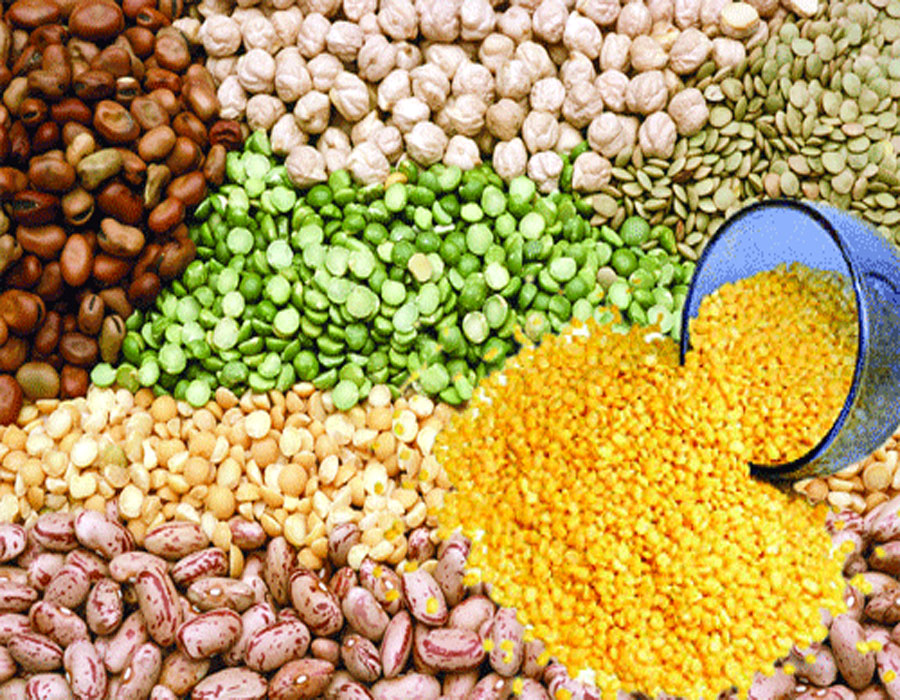
 OpinionExpress.In
OpinionExpress.In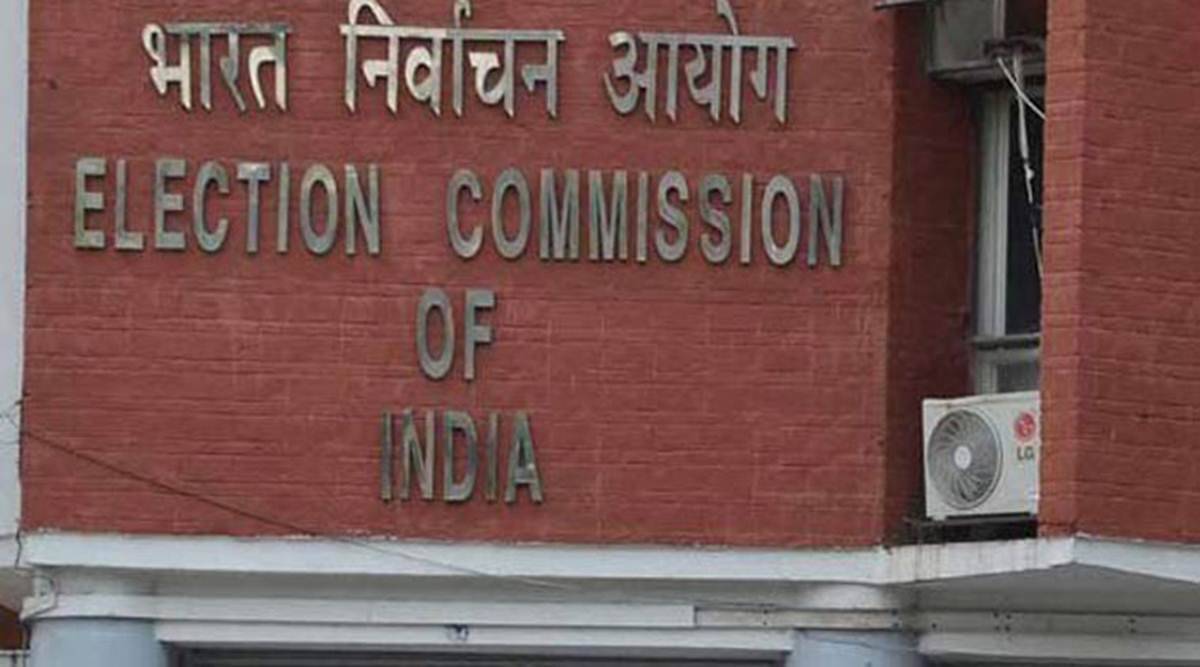
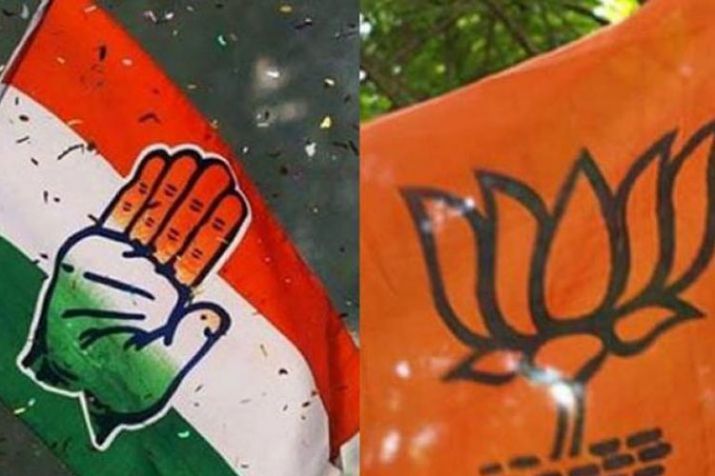

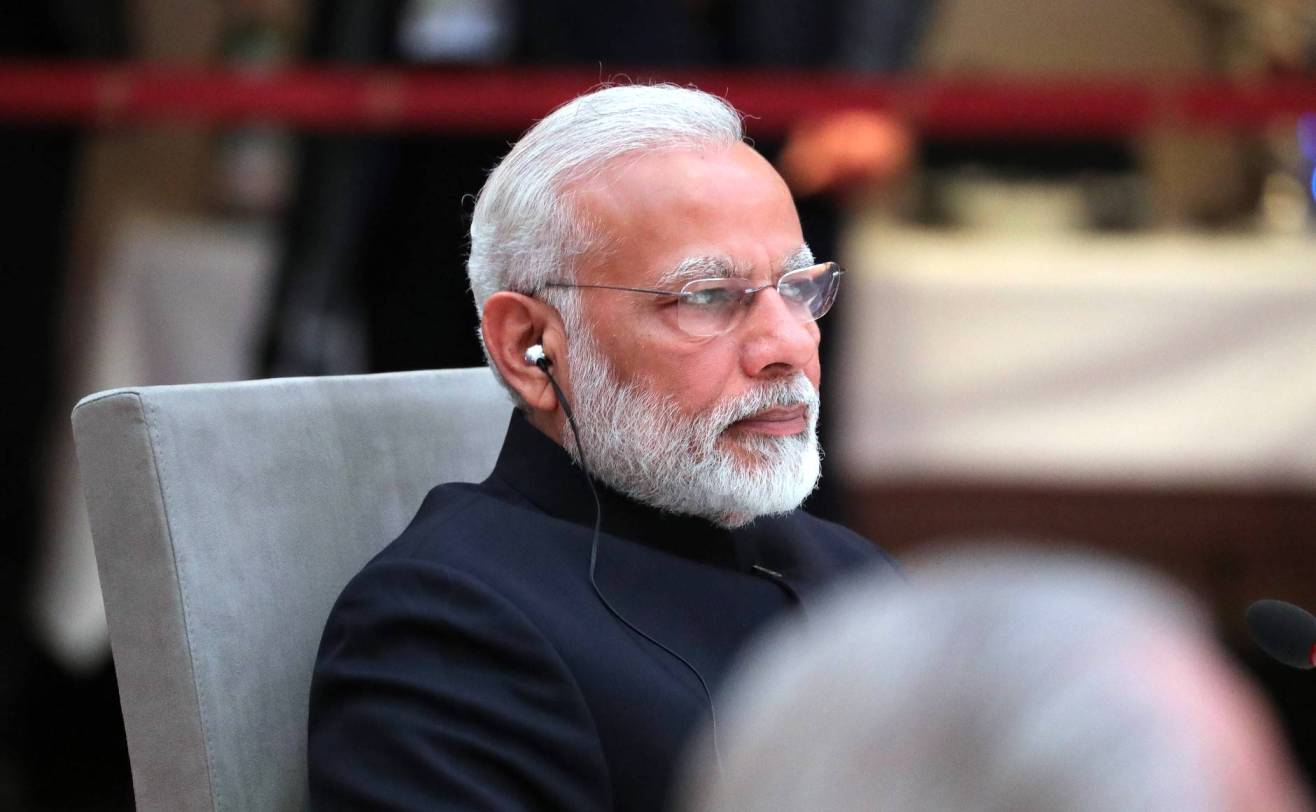





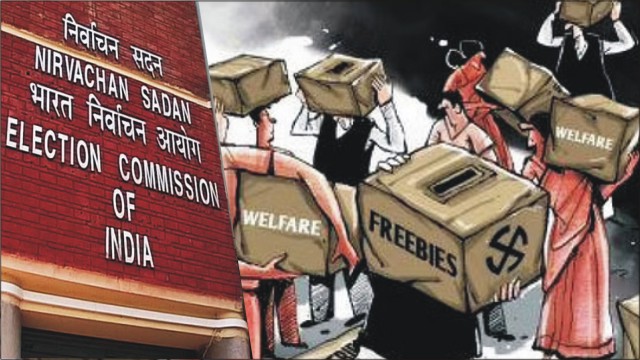






Comments (0)